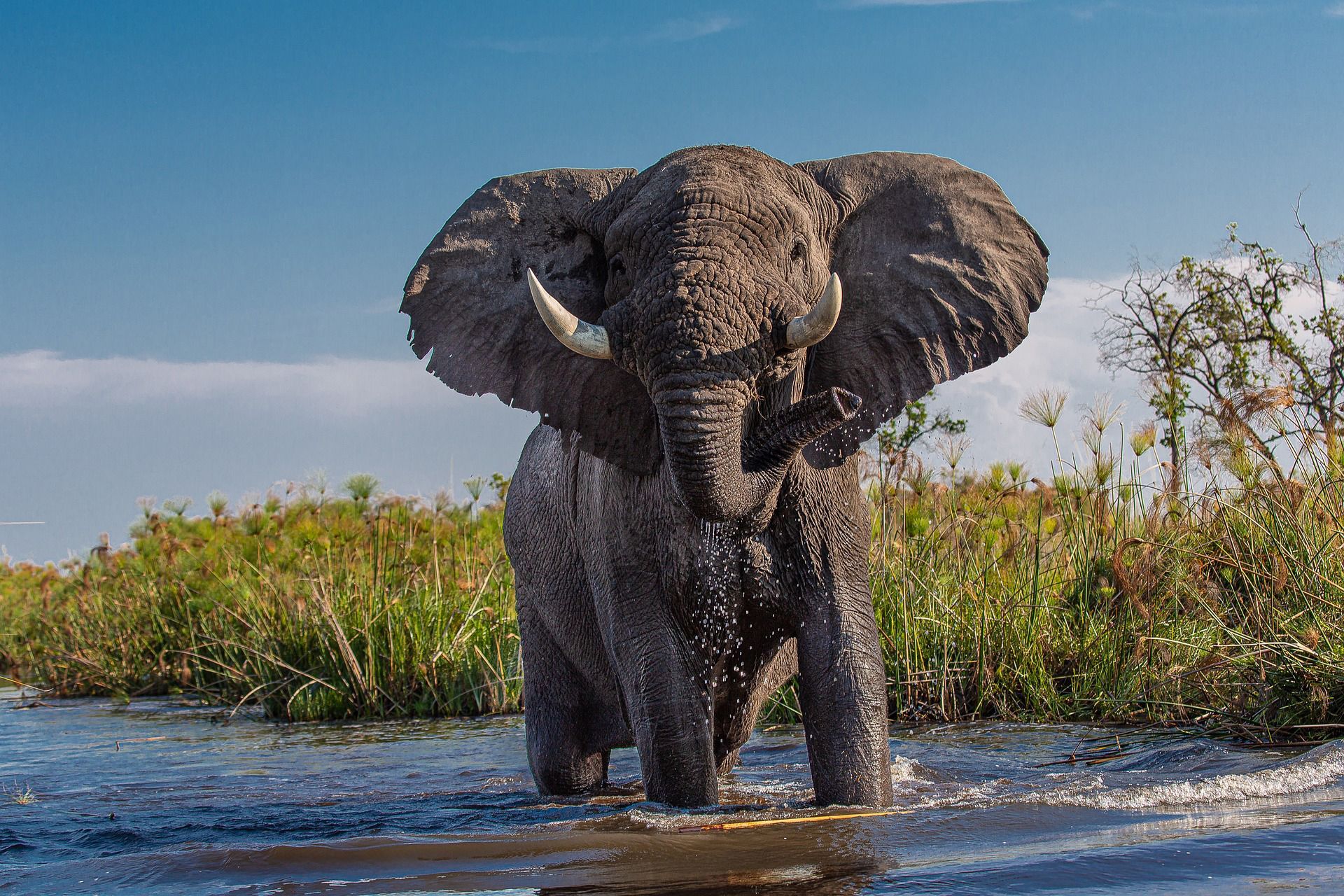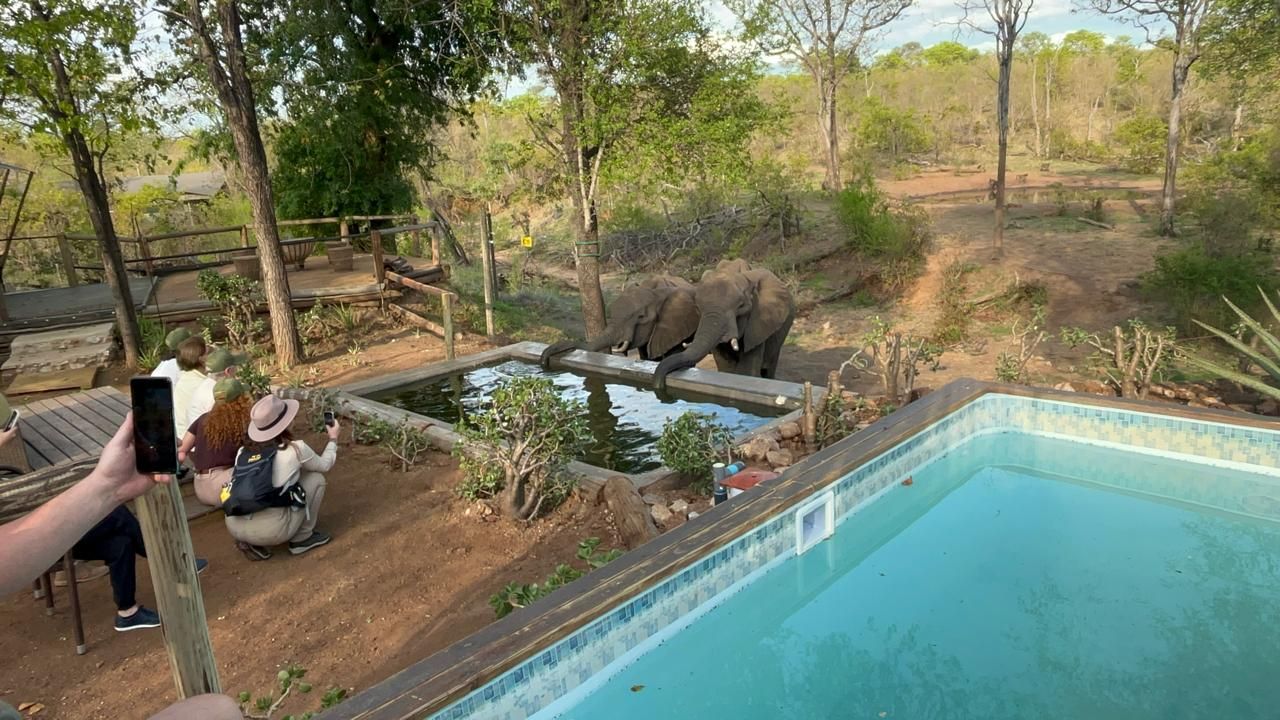When it comes to Africa’s wildlife “star attractions” it’s hard to beat the iconic African elephant in terms of size, intelligence and personality. Indeed, the thrill of seeing these legendary animals in their natural habitat is one of the highlights of a Big Five safari…
With so many amazing species in the African wilderness it’s always hard to choose a single favourite and much easier to compile a list of animals you love. Chances are that the African elephant, Loxodonta Africana, is somewhere close to the top of that list, thanks to its ranking as one of the world’s most recognised and admired creatures.
The world’s largest living land animal, the African elephant is perhaps the most enigmatic member of the Big Five – a grouping of the most dangerous animals to approach on foot that’s a legacy of the early, colonial days of safari. Along with the leopard, lion, buffalo and rhino, in modern safari terms the Big Five are now the most exciting animals to approach in an open safari vehicle and possibly encounter on a walking safari.

The big show…
So what makes the elephant so special? Let’s start with the elephant in the room (pardon the pun) – its size! At a whopping 9m from trunk to tail, weighing in at more than six tons and standing as high as 4m tall at the shoulders, an adult bull elephant is about as impressive as it gets in the African bush. In fact, “ellies” are record breakers of note – they have the longest gestation period of any mammal at 22 months, have the biggest ears of any living animal with accute hearing and the ability to cool the elephant’s entire body down, thanks to the network of veins and blood vessels in them, and have the biggest brains of all terrestrial land mammals, including the greatest volume of cerebral cortex!
As you’d imagine in a head that can weigh a massive 400kgs, the elephant’s brain power matches its mass of around 6kg (four times larger than a human brain). With three times the neurons of the human brain at a staggering 250-billion (compared to our 70-billion) this is a sophisticated thinking machine and it’s widely accepted that elephants are among the most clever, emotionally complex, social and empathetic animals on the planet, including humans!
Family life…
This intelligence gives rise to an equally advanced societal structure that’s centred around family. Elephants live in large, multi-generational herds of related individuals presided over by a dominant female known as a matriarch. Bull elephants leave the family unit when they reach sexual maturity at between 10 and 12 years old, teaming up with older bulls who literally teach them what it means to be an adult bull elephant in something akin to a boot camp for teenaged elephant boys!
When they have acquired the skills and understanding they need to survive as adult bulls, they venture off on a life that’s spent mostly alone or in small, loose-knit groups of other bulls, wandering often over thousands of kilometres in huge, circuitous routes across their home ranges. They shadow breeding herds, especially when there is a cow in season, and periodically go through a surge in testosterone called musth which triggers a need to mate.
Female elephants, or cows, stay in the family herd for their entire lives, living with their relatives and offspring. They reach sexual maturity a little later than bulls at around 13 and can continue breeding for the duration of their 70-year life span. The family herd is a co-operative of closely-knit members who help to care for one another and their young. The matriarch makes the major decisions about where to feed, where to drink and co-ordinating the group movements as well as responding to possible threats.



